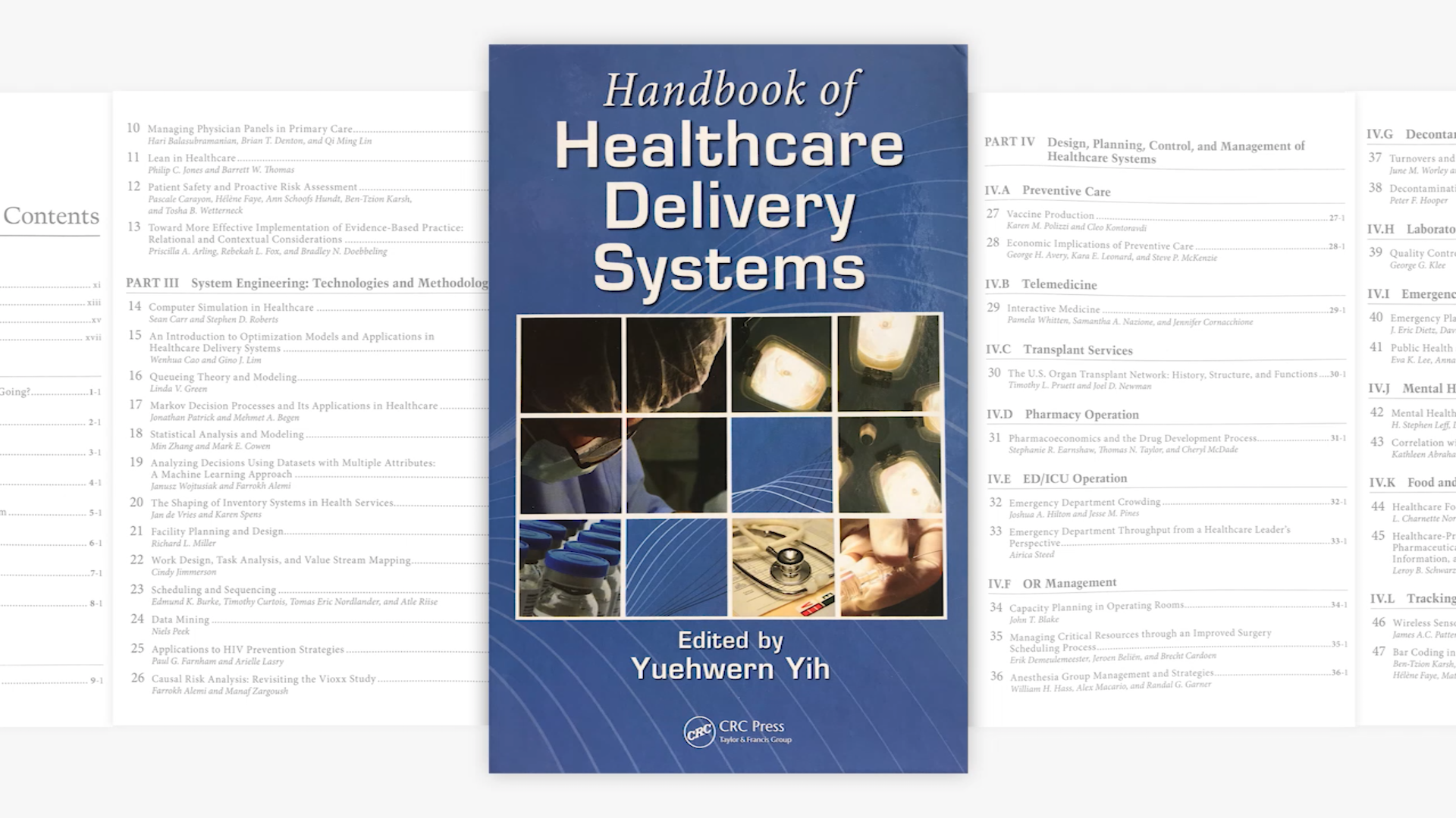This is Chapter 18 of 50 in a summary of the textbook Handbook of Healthcare Delivery Systems. Series index here. Audio available on podcast app under: Gregory Schmidt, or in video below.
Chapter 18 Summary
Statistical Analysis and Modeling
Chapter Author
Min Zhang - Purdue University
Mark E. Cowen - St Joseph Mercy Health System
Some Commentary
This chapter is was mostly skimmed through. It discusses statistical modeling of healthcare performance in rather technical detail.
A few interesting things that stood out
O:E ratio - Observed to Expected. For instance, one may observe that a surgeon had 6 deaths averaged, but the typical equivalent average is 3. This results in a O:E of 2, and raises question why it is high.
As much as the ‘p’ value is associated with statistics, a lot of statistical work does not require it - consider for instance a financial target. Whether a company is $10,000 above financial target or not, does not require an associated p value and ‘level of significance’.
least squares regression - is often used for physician performance modeling, and has the benefit of being able to handle multiple variables in the equation. The downside is it assumes that each variable is normally distributed. In reality there may be clustering, and this is not accounted for in least squares regression.
two-part hierarchical models have the ability to deal with the clustering as described above. A lengthy example is given in the book of looking at physician / pharmacy expenditures in an HMO, and effort to devise an incentive program based on prescribing habits.

